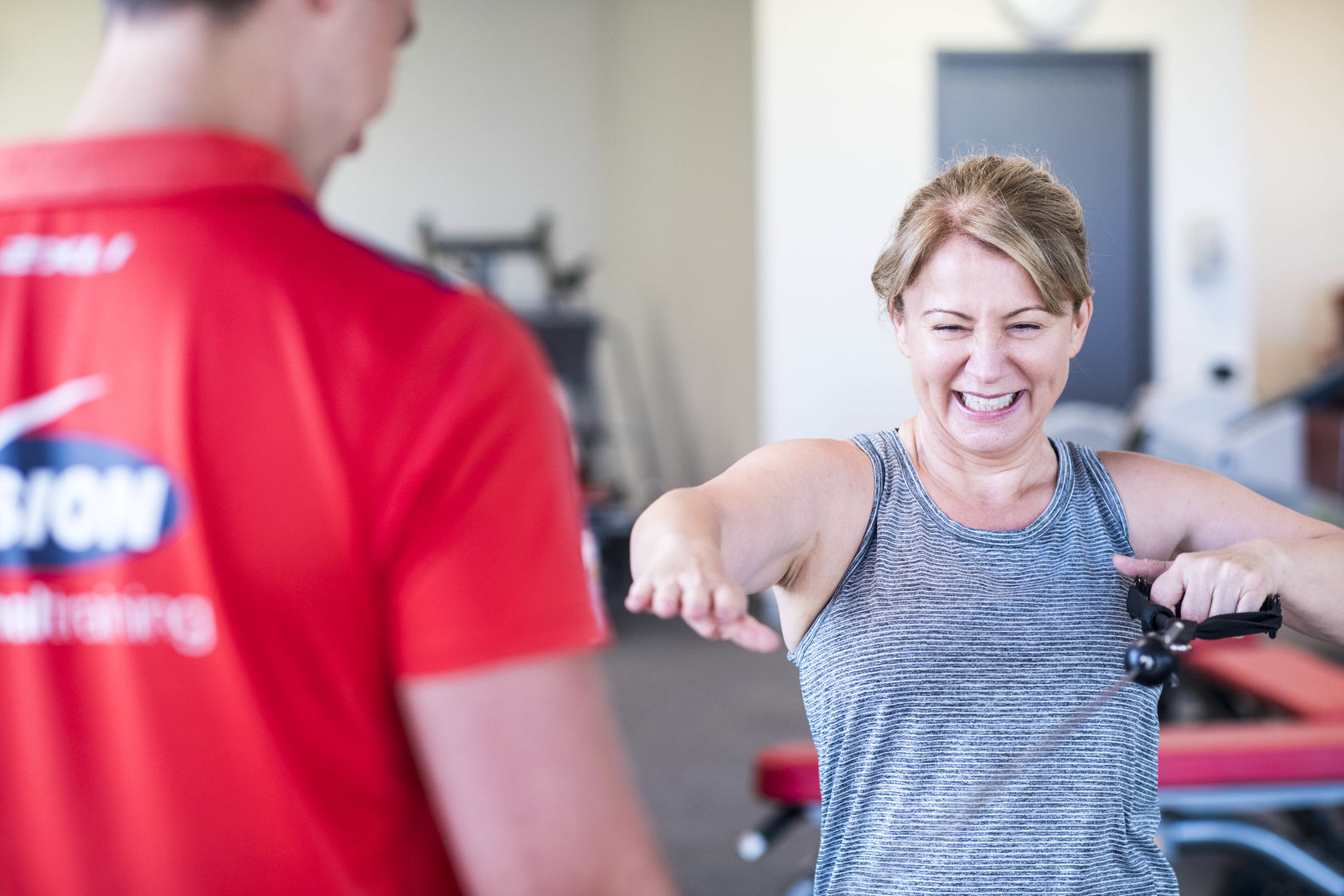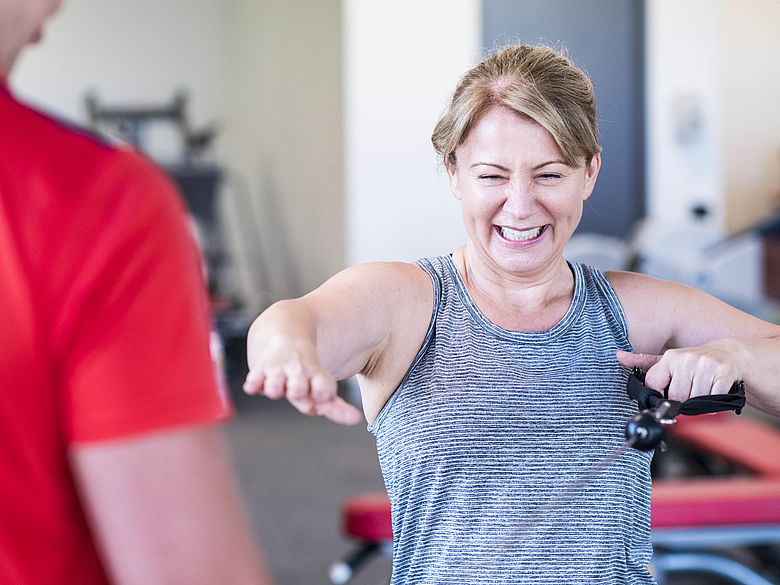The cardiovascular system requires very complex control to maintain blood pressure and blood flow to the muscle during exercise. The maintaining of optimal blood pressure is critical for survival as a drop in blood pressure can cause passing out, which in turn can cause the brain to start dying as there is not enough blood flow reaching it. On the other end of the spectrum, an increase in blood pressure causes the heart muscle to pump harder and if it cannot cope with this increase in pressure complications can occur for example heart attack.
During exercise, there are a number of components of blood pressure that change. Blood pressure is often measured as MAP or mean arterial pressure which is the average of Systolic blood pressure (top number) and diastolic blood pressure (bottom number). This is controlled by changes in cardiac output or blood flow, as well as the resistance to the blood flow.
During exercise, there is an increase in cardiac output (Q) which in turn causes an increase in the mean arterial pressure (MAP). Cardiac output is affected by many factors during exercise. These factors include preload, afterload, contractility and heart rate.
Preload refers to the initial stretching of the heart before contraction which regulates stroke volume. This is also referred to as the end systolic volume. The bigger the stretch of the heart muscle, the bigger the preload; which causes a larger volume of blood inside the ventricle ready to contract and pumped out of the heart. During exercise this will allow for more oxygenated blood to be pumped around the body, in particular to the working muscles.
The afterload is the pressure that must be overcome for the ventricles to eject blood. As exercise intensity increases, afterload also increases which causes a decrease in stroke volume. This then in turn causes a reduction in the amount of oxygen being pumped around the body and to the working muscles. At rest, a high afterload and decreased stoke volume causes hypertension. This can then have an impact on the body's ability to perform during exercise.
Contractility is the ability of the heart muscle to contract. This is a result of sympathetic stimulation of the heart. The stronger and more powerful the beat, the more blood can be pumped around the body. During exercise, contractility increases due to the higher demand of blood to be pumped around the body. Heart rate also increases during exercise and increases in accordance to the intensity and duration of the exercise being performed.
Once exercise begins, TPR (total peripheral resistance) is reduced due to local metabolite vasodilators. This means that the arterioles that feed the muscles dilate to allow more blood flow to the working muscles.
*Disclaimer: Individual results vary based on agreed goals. Click here for details.

